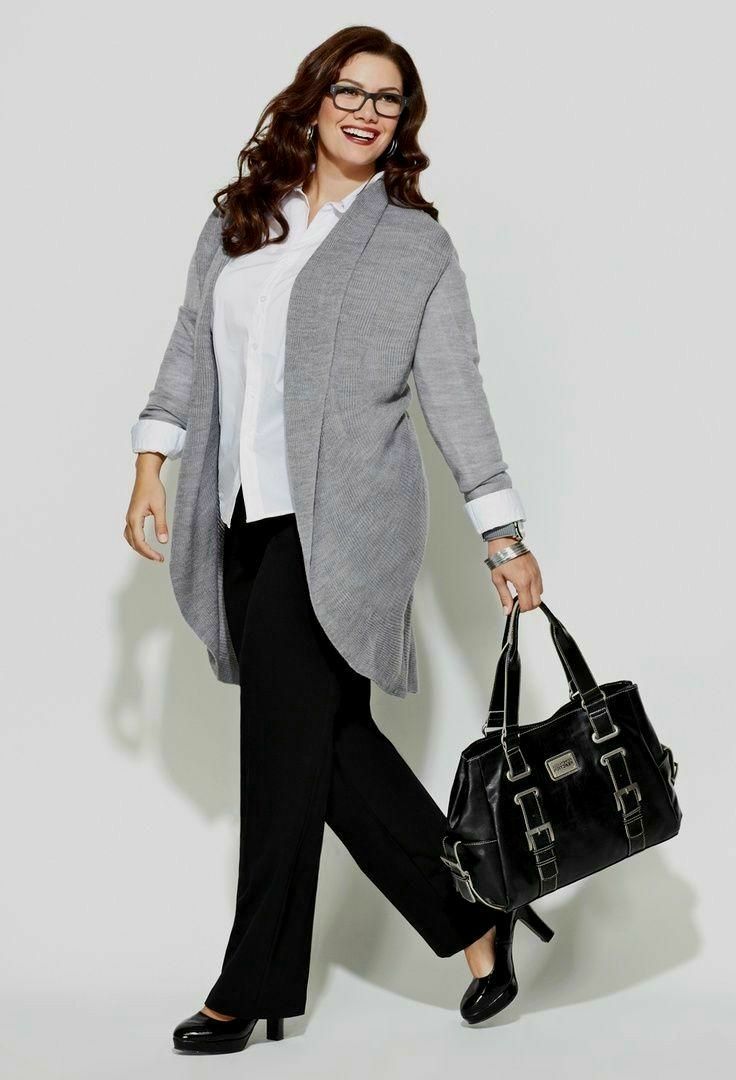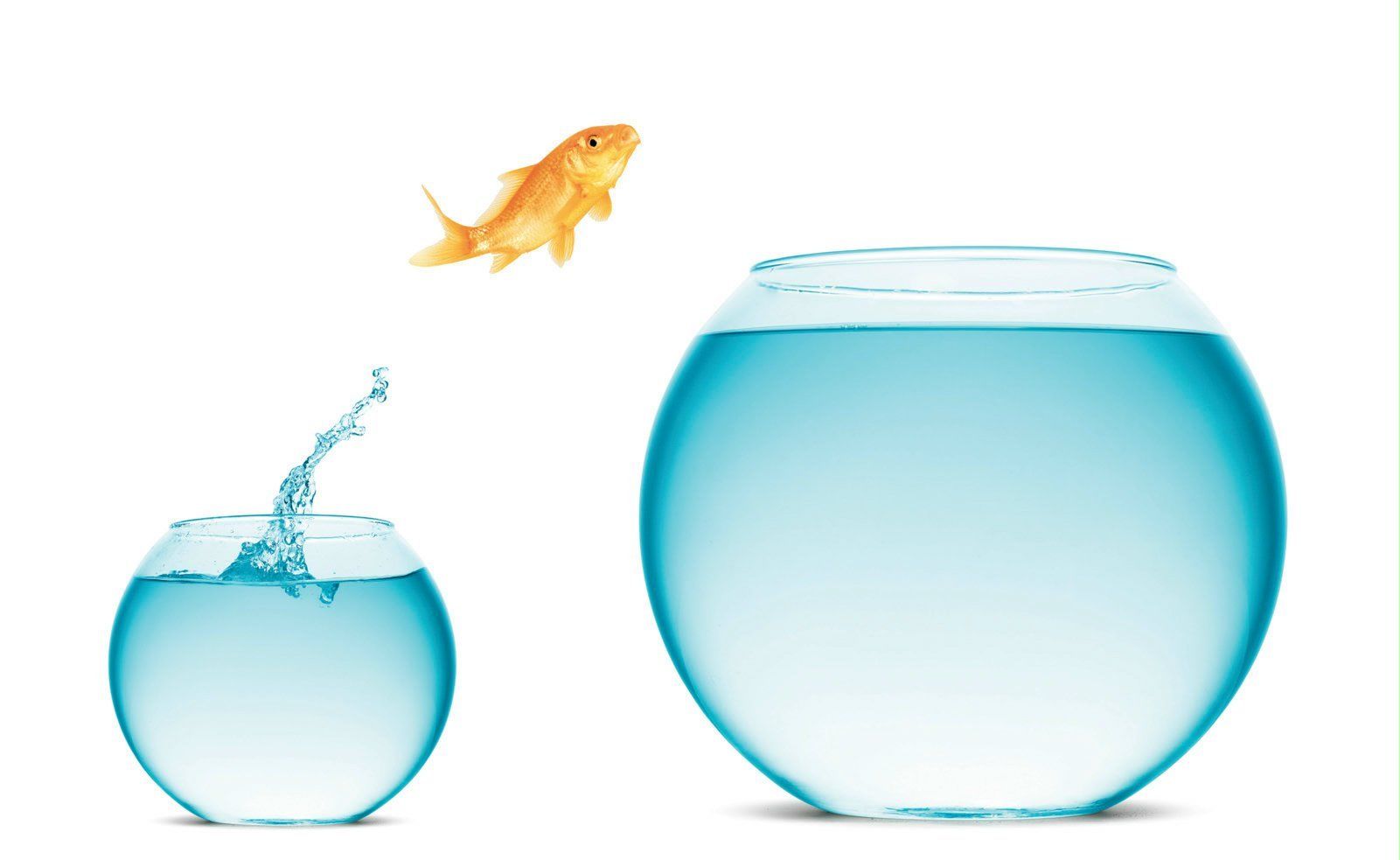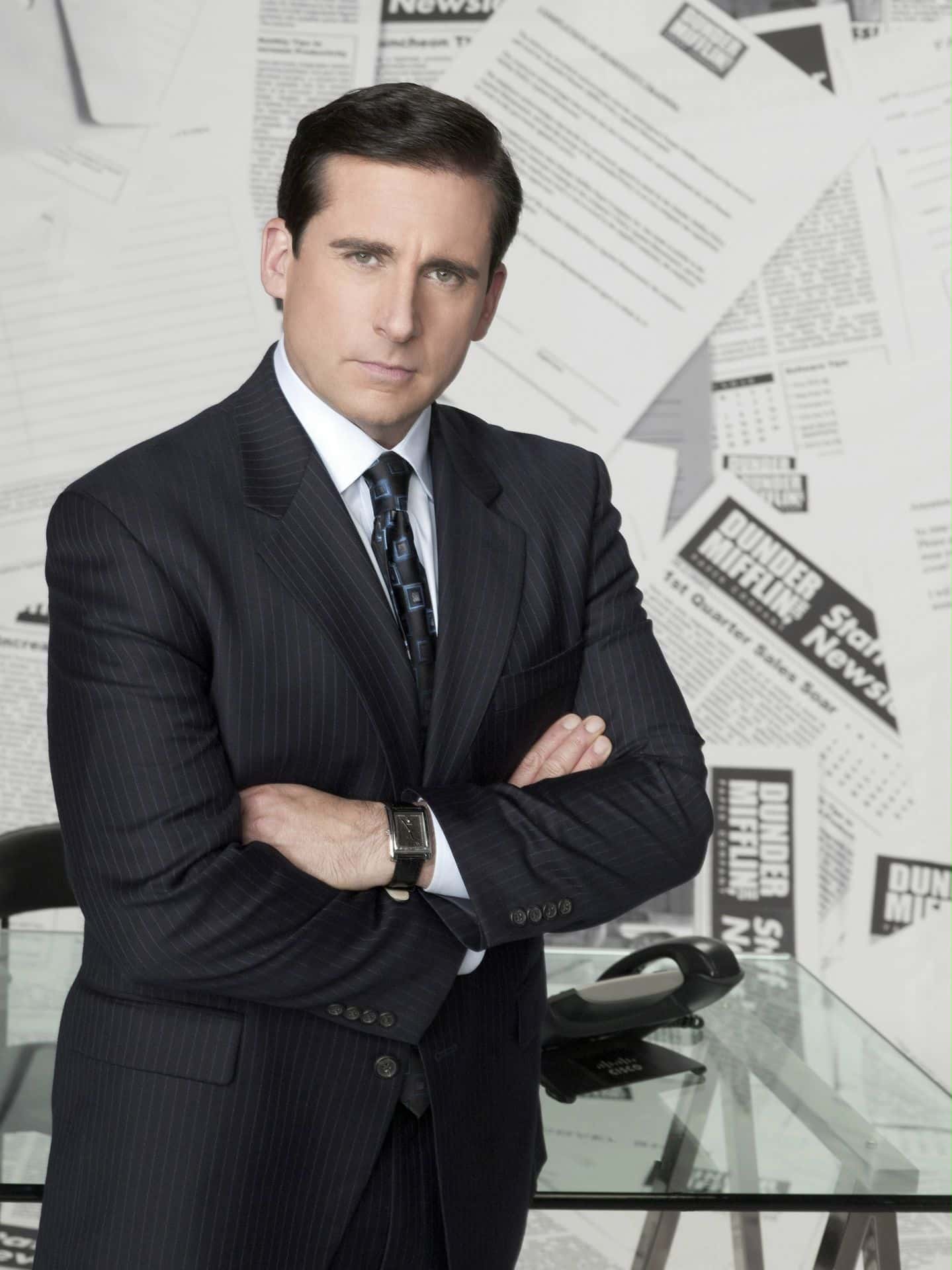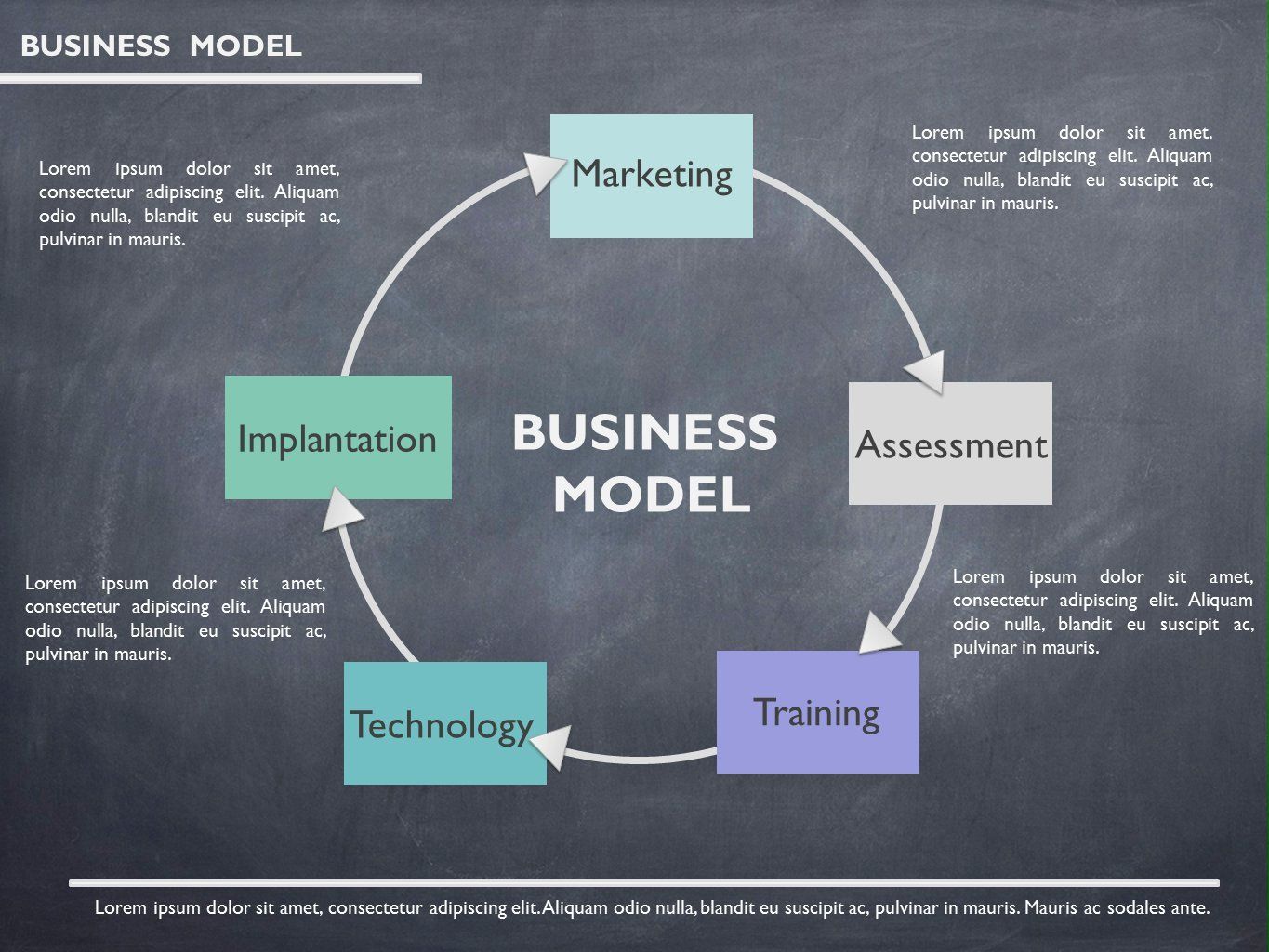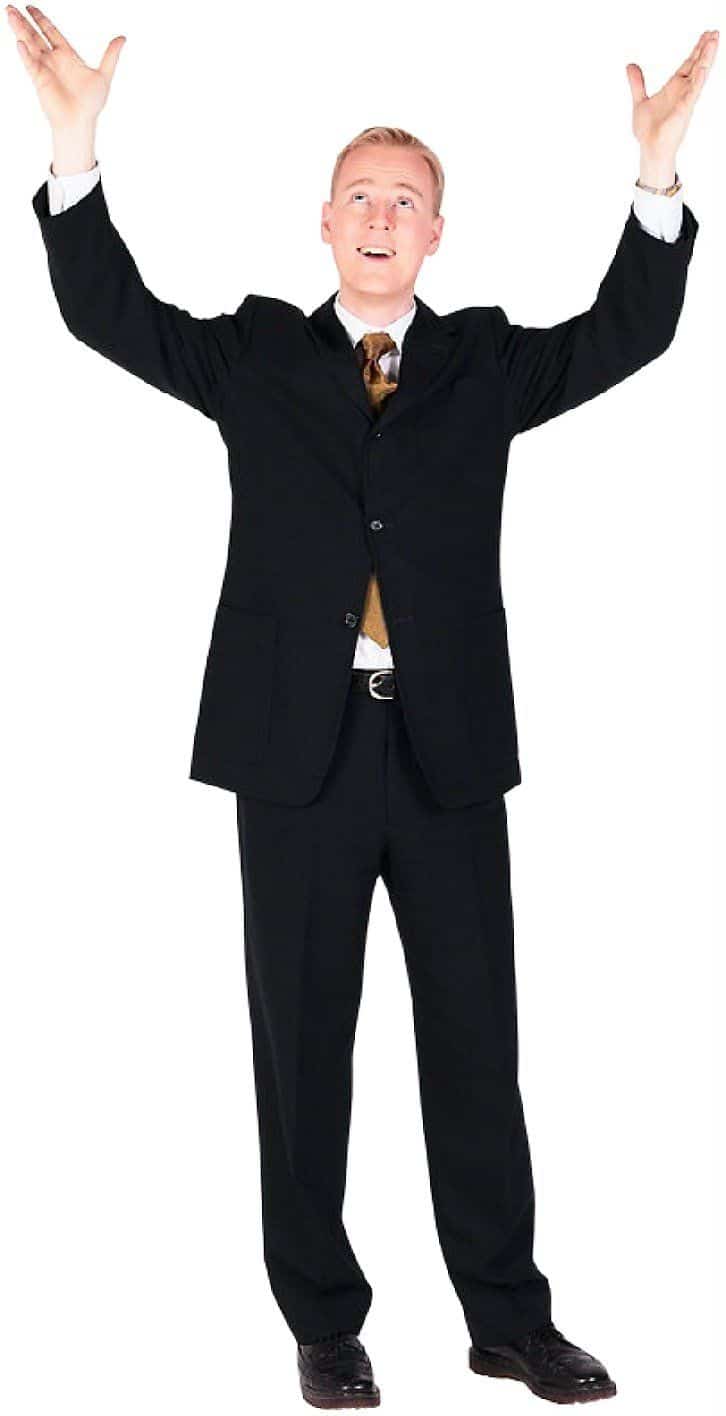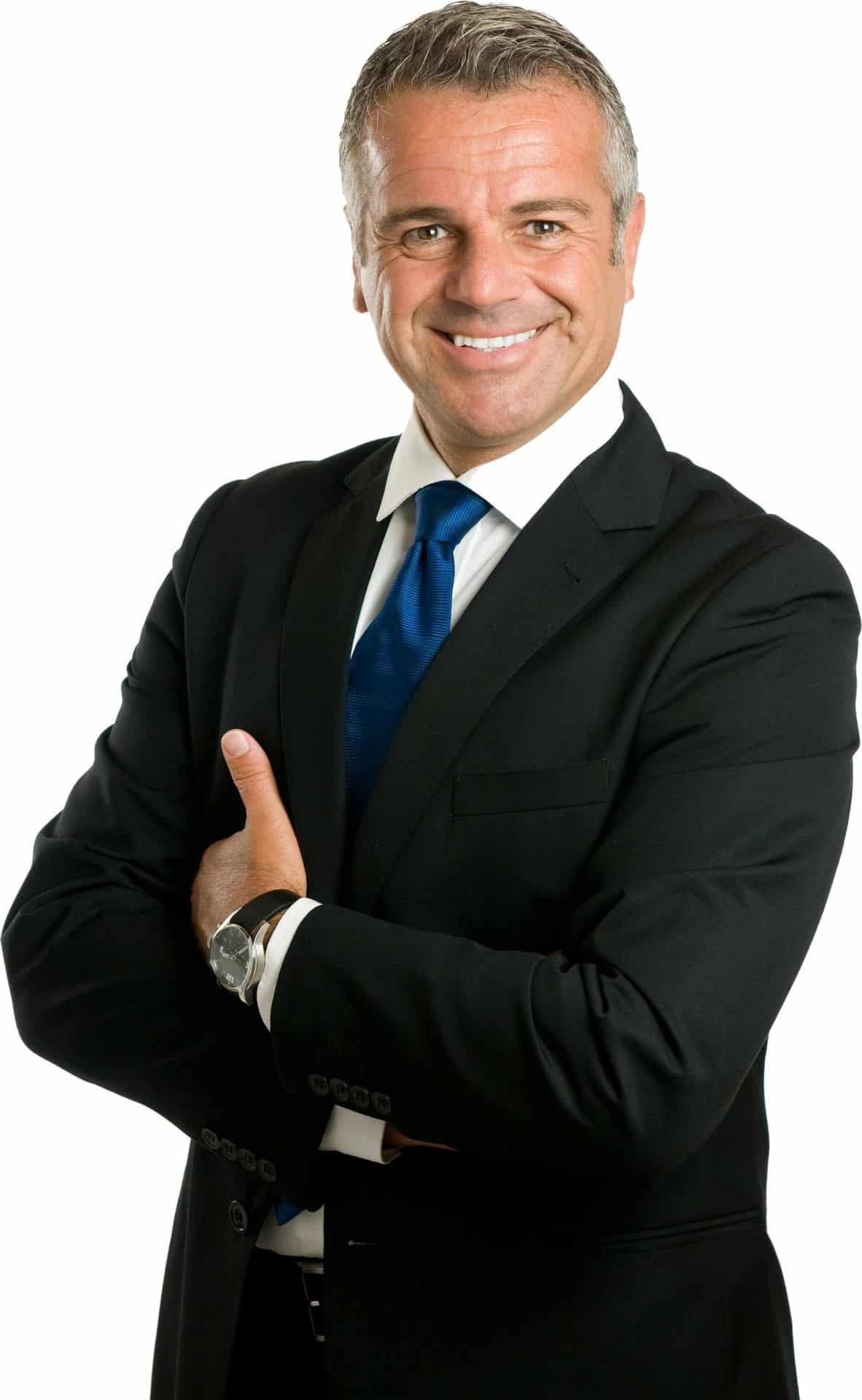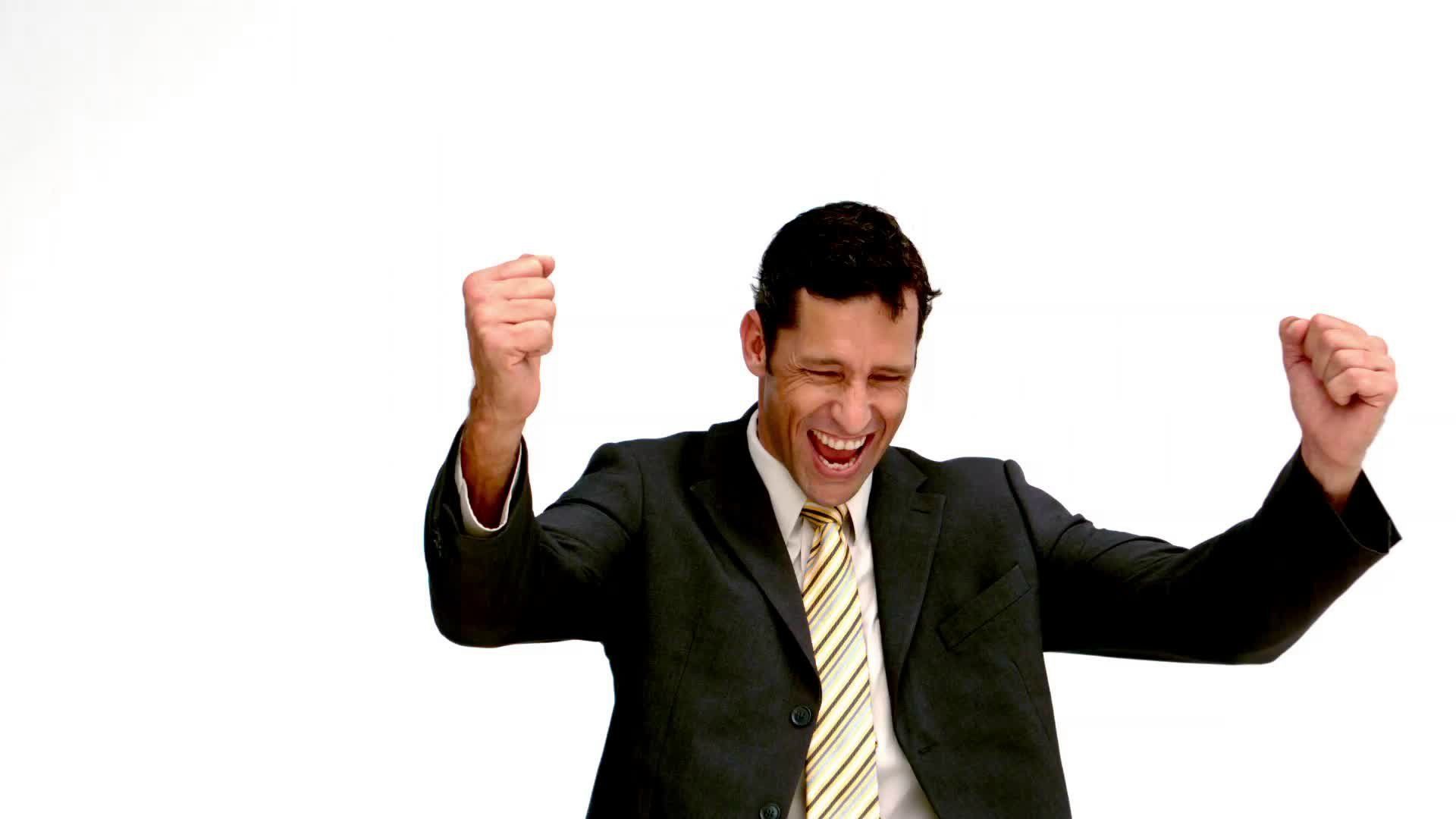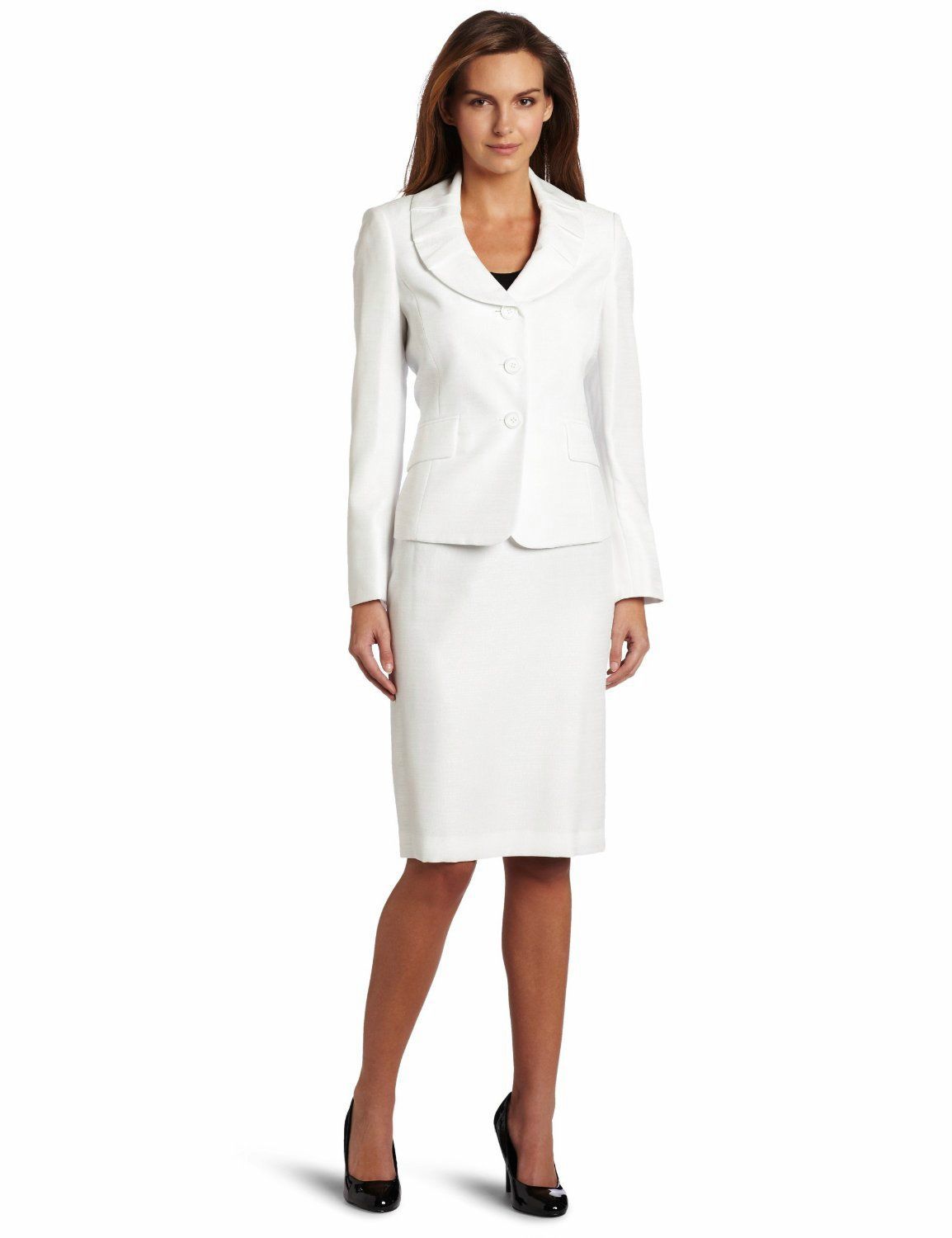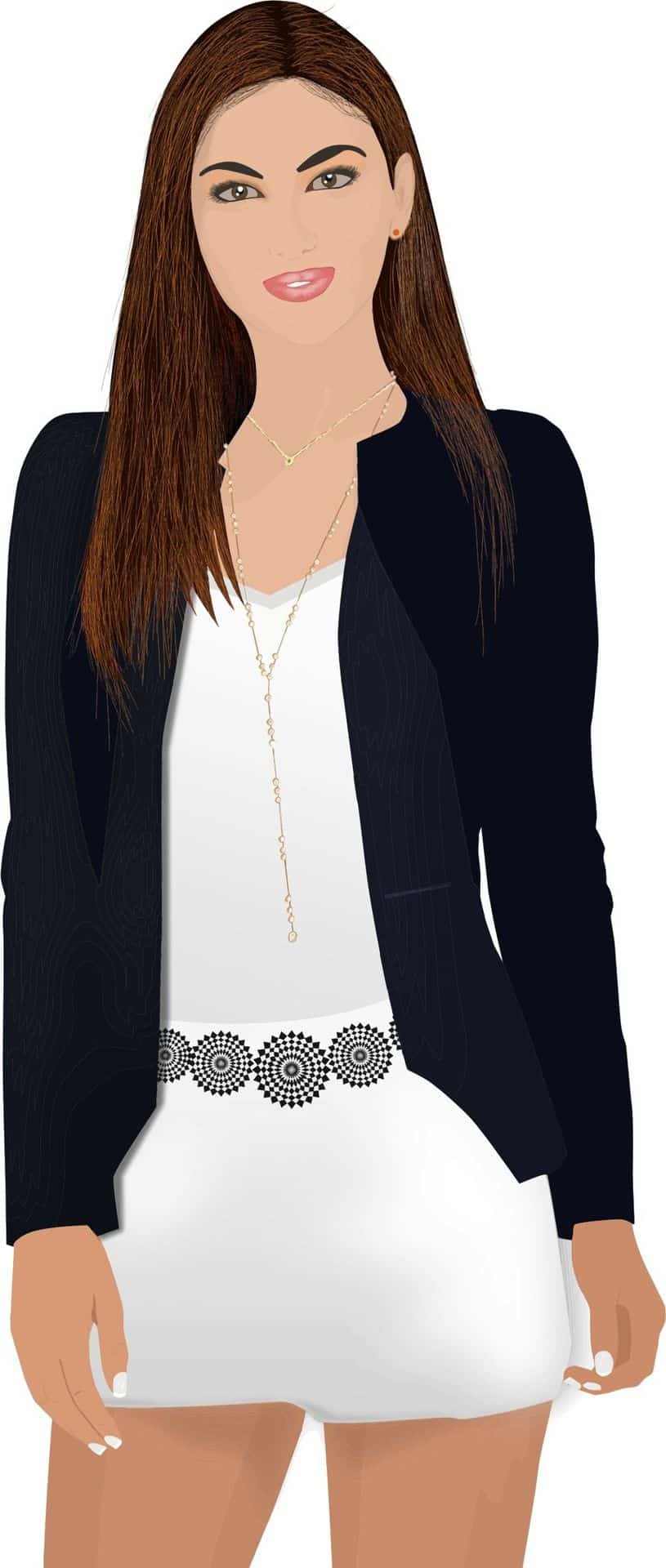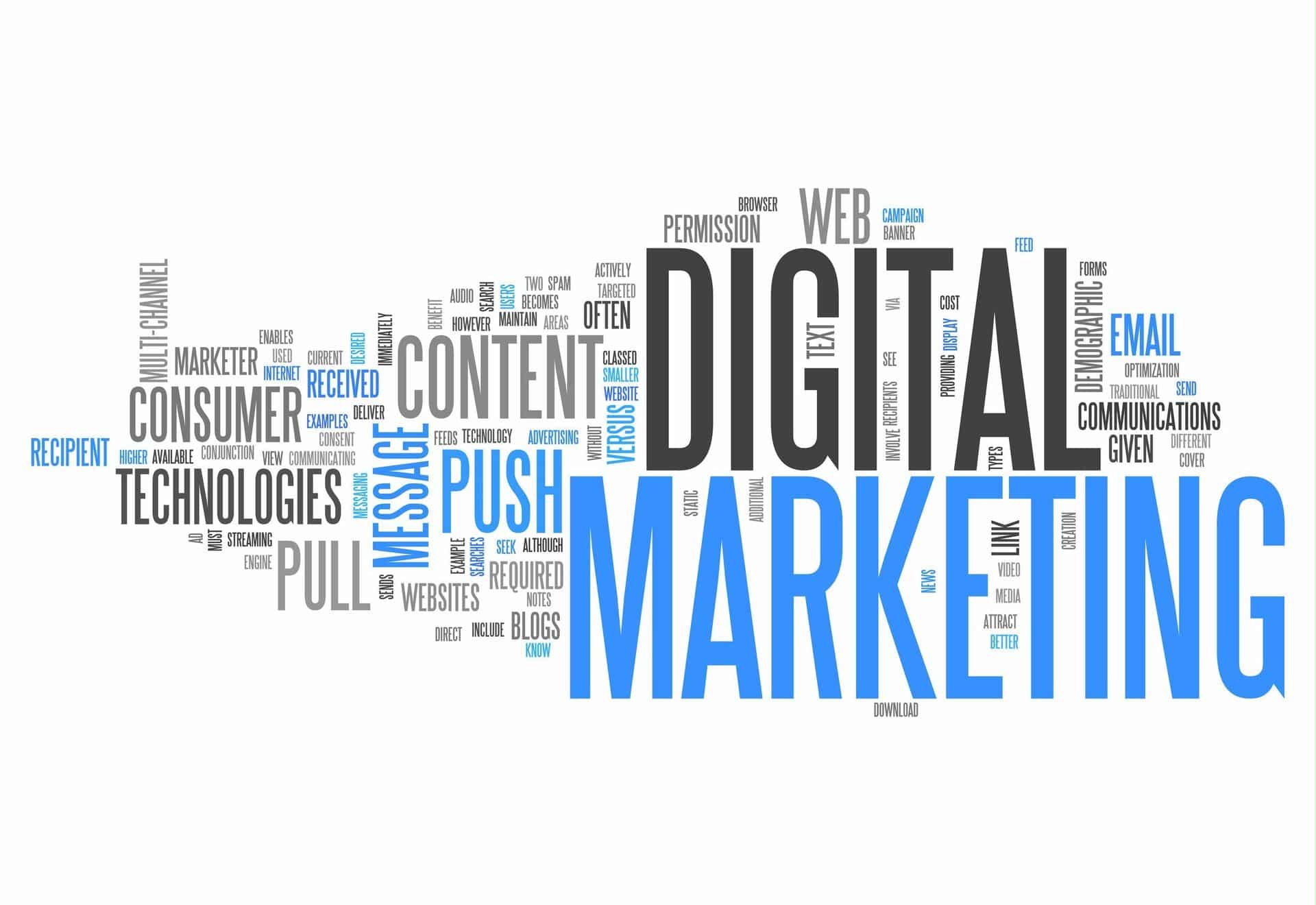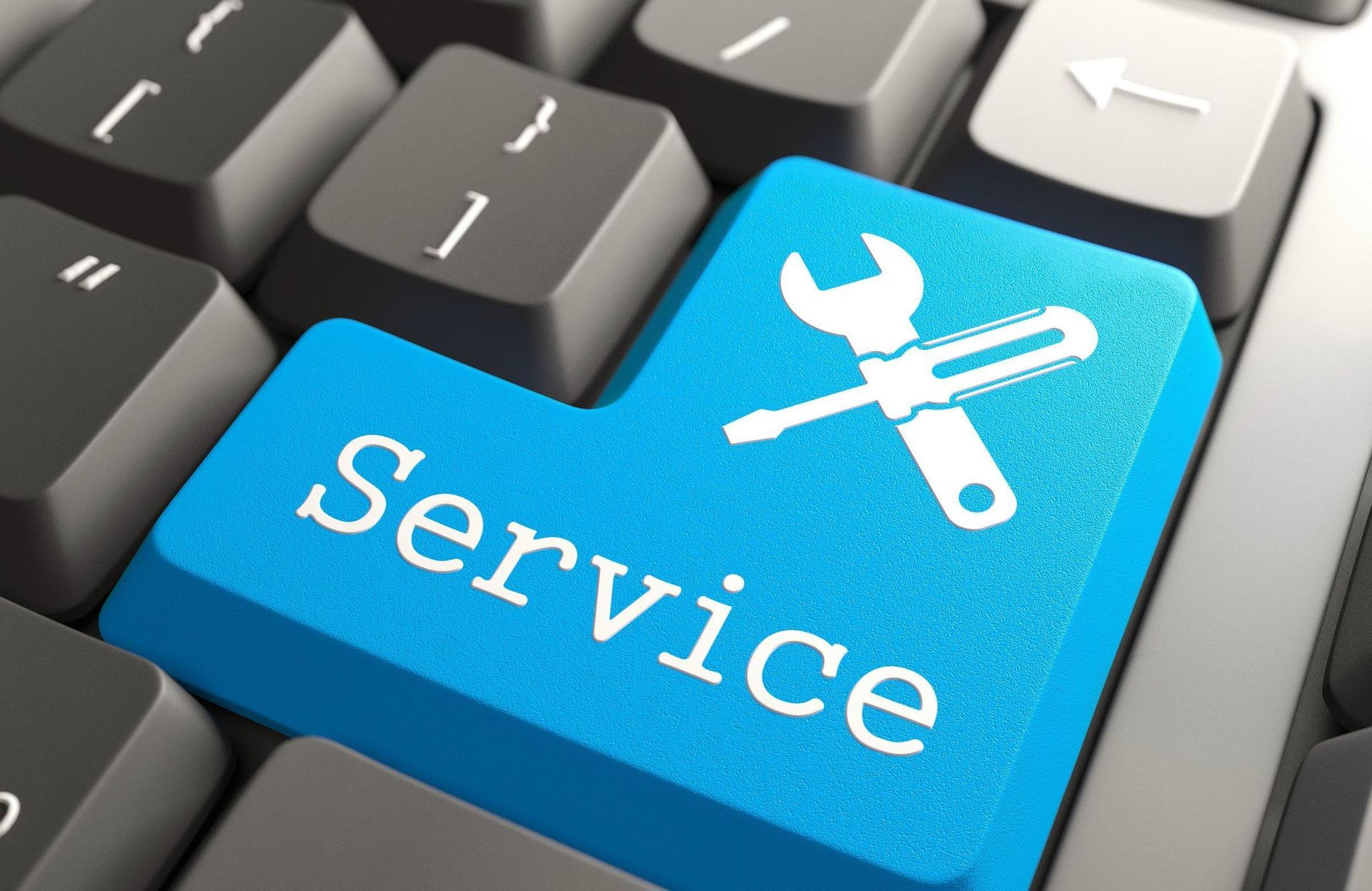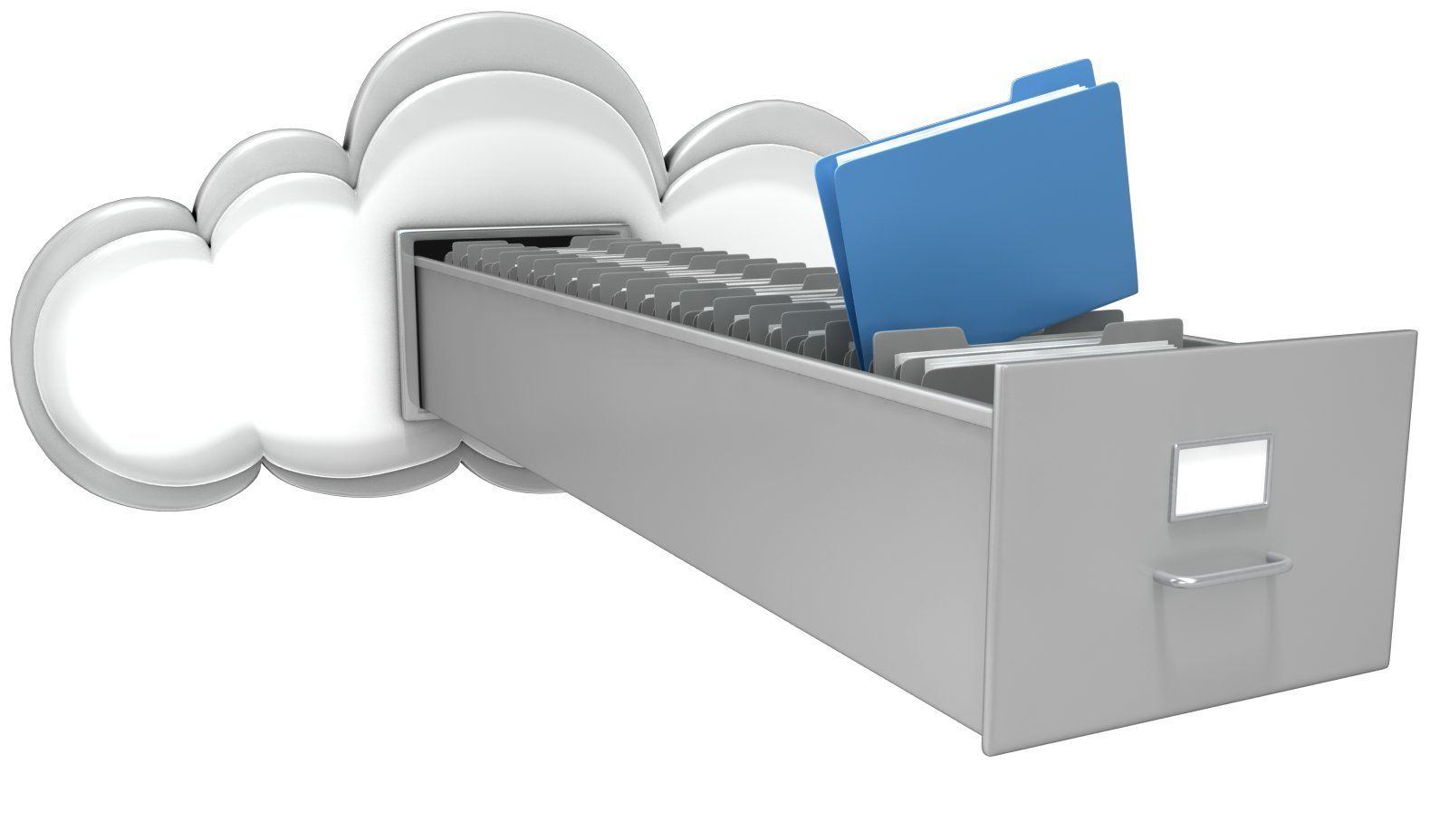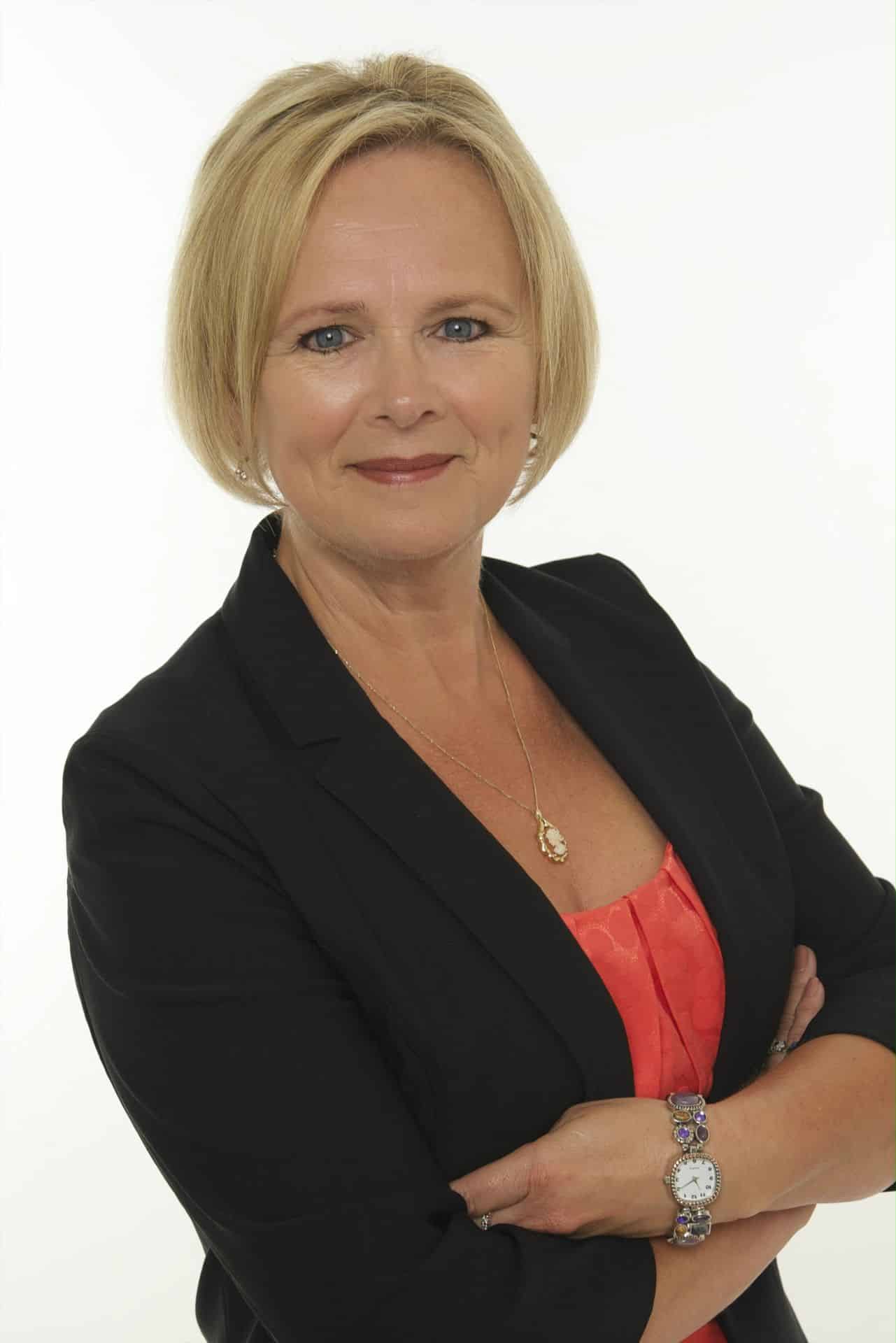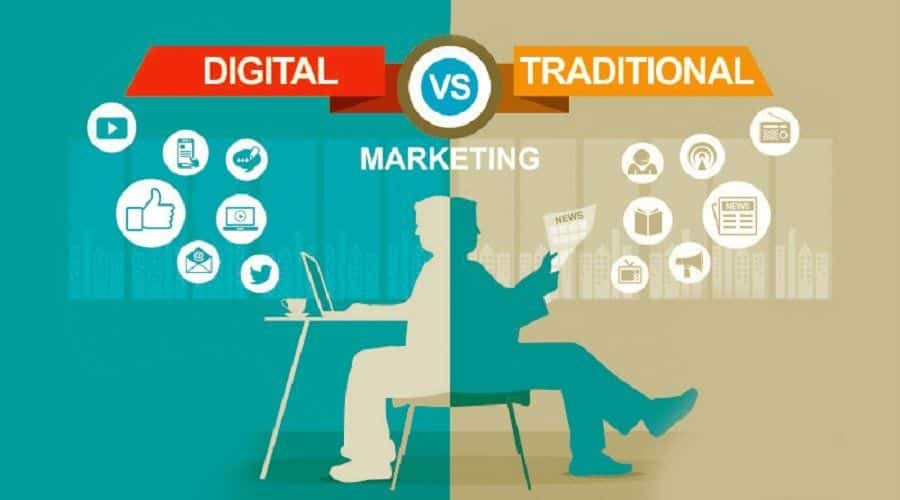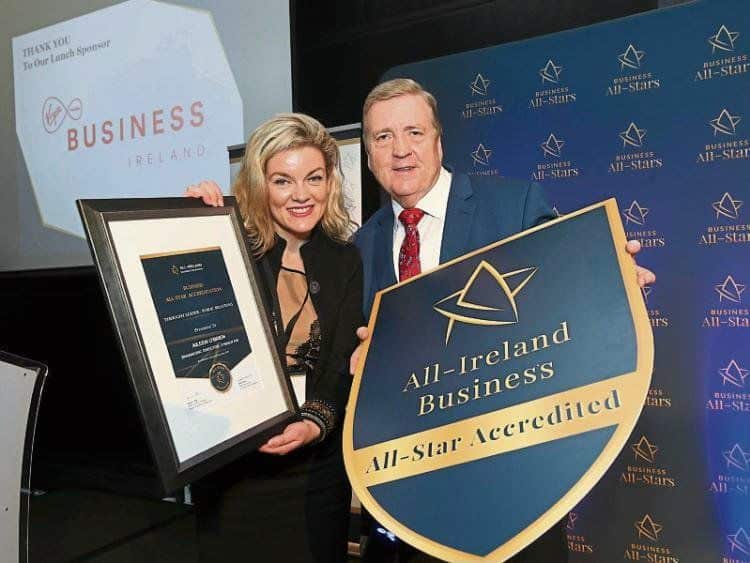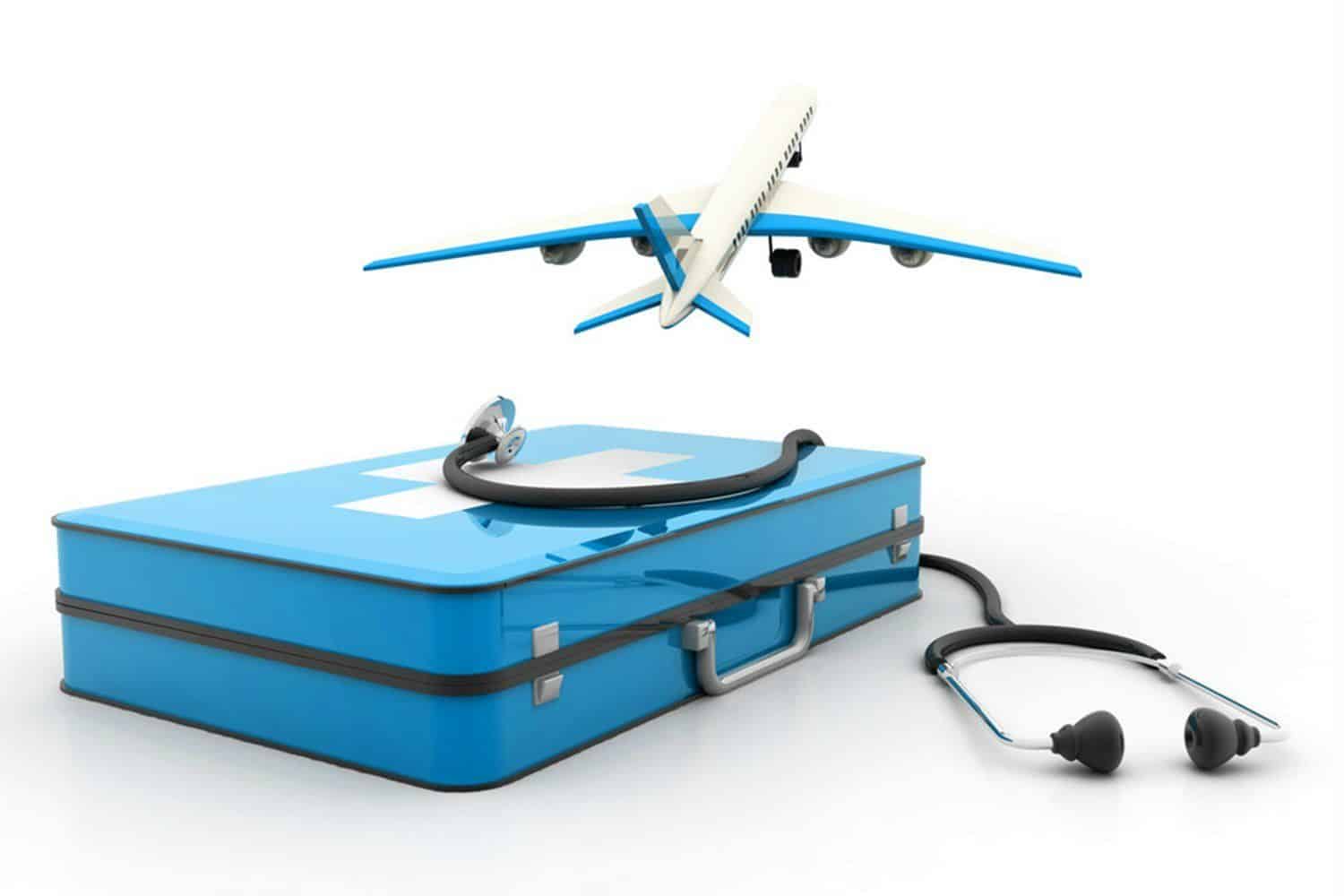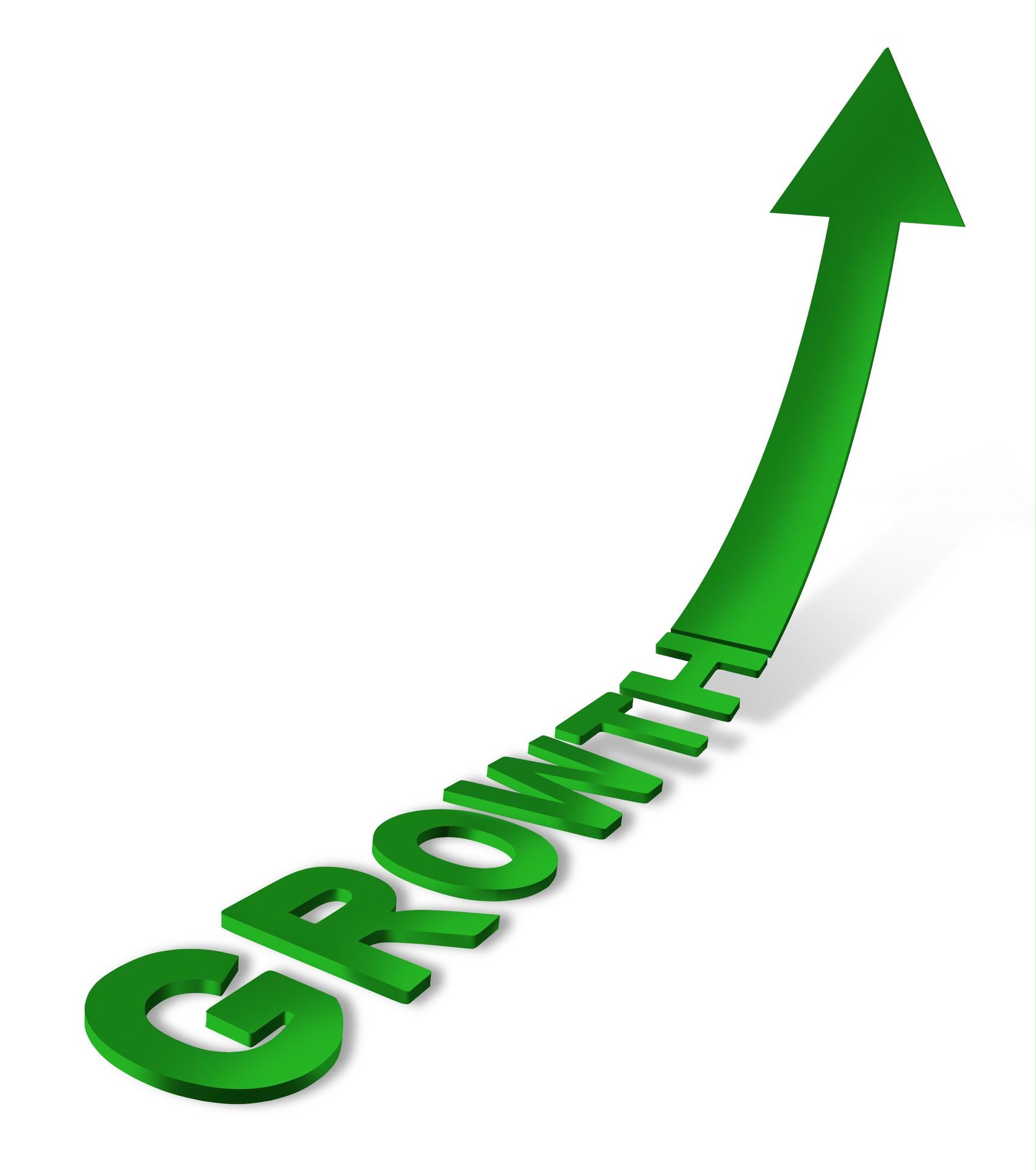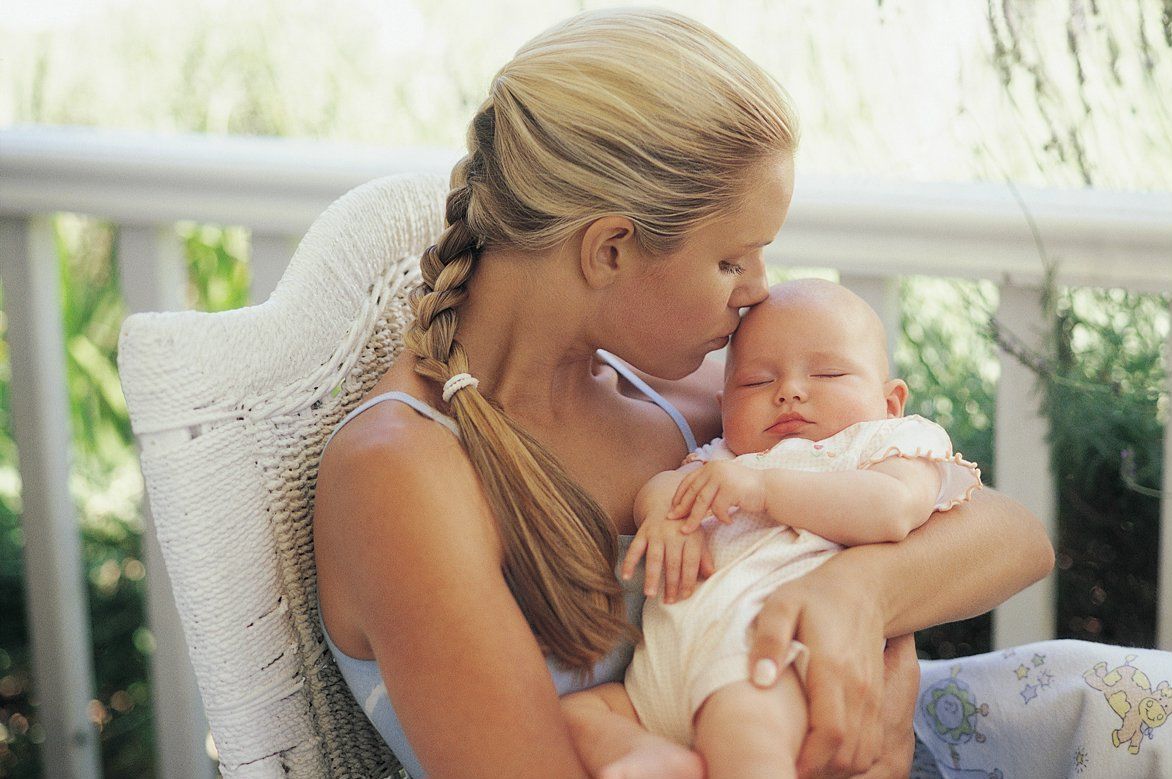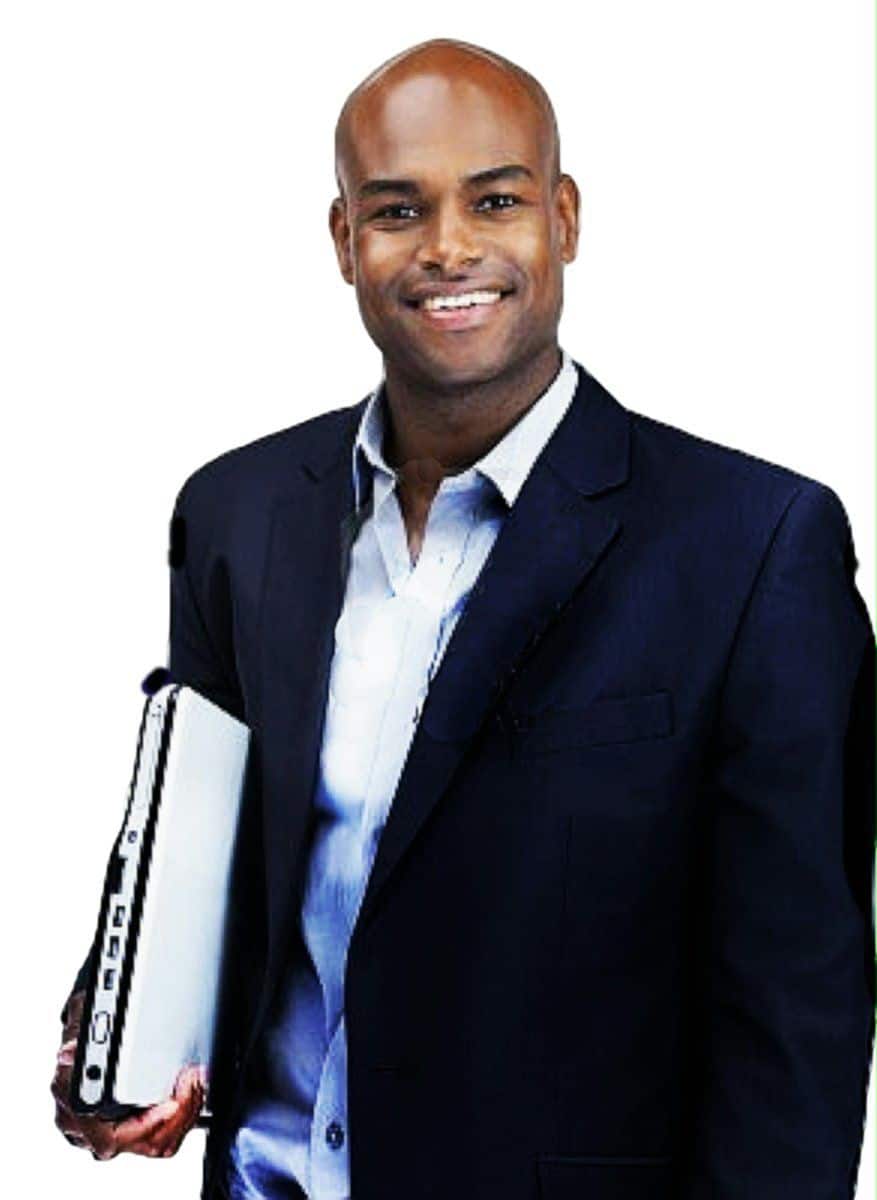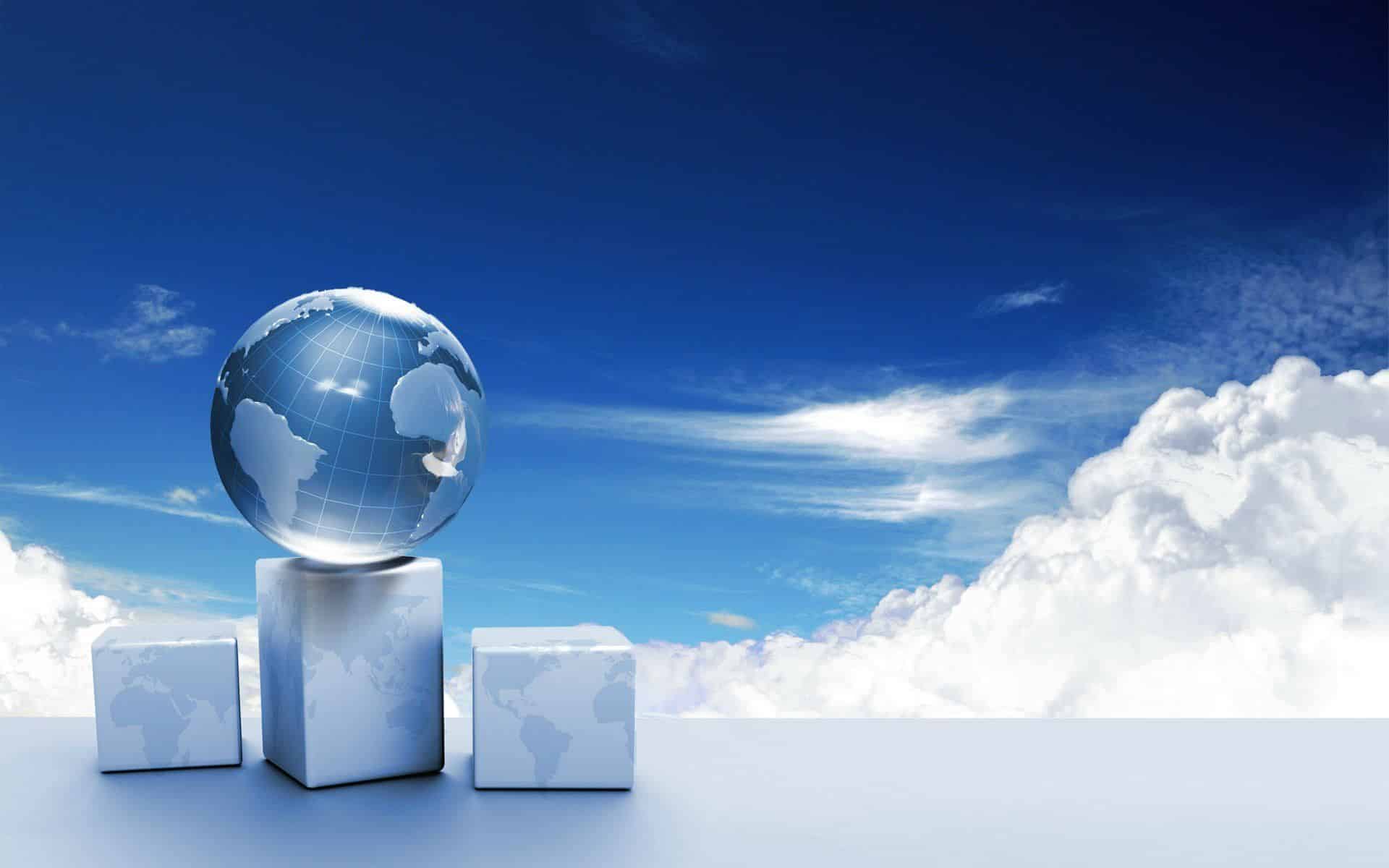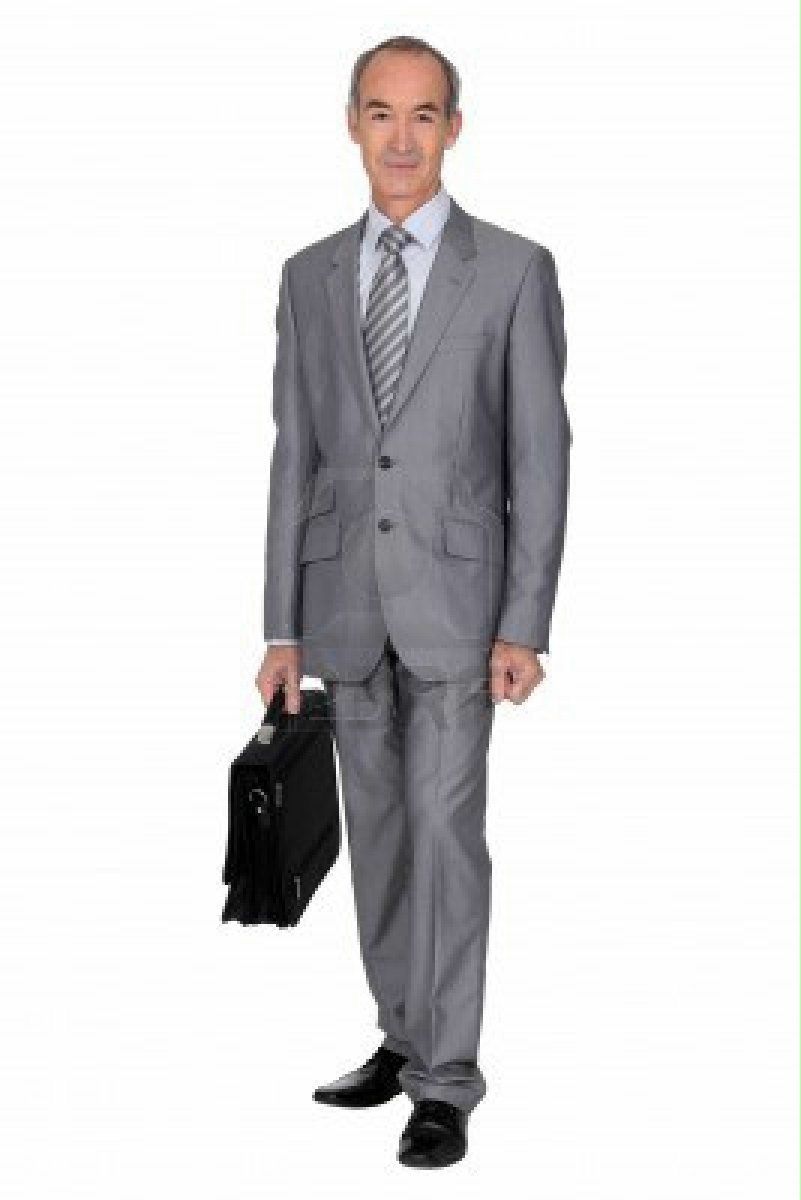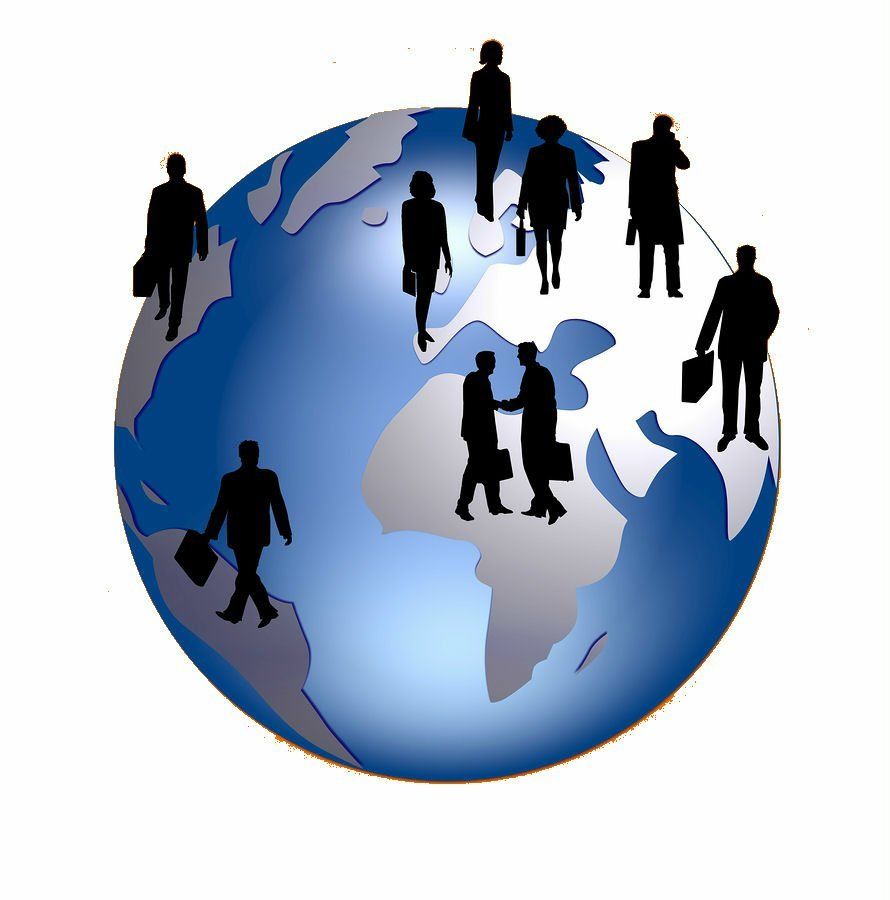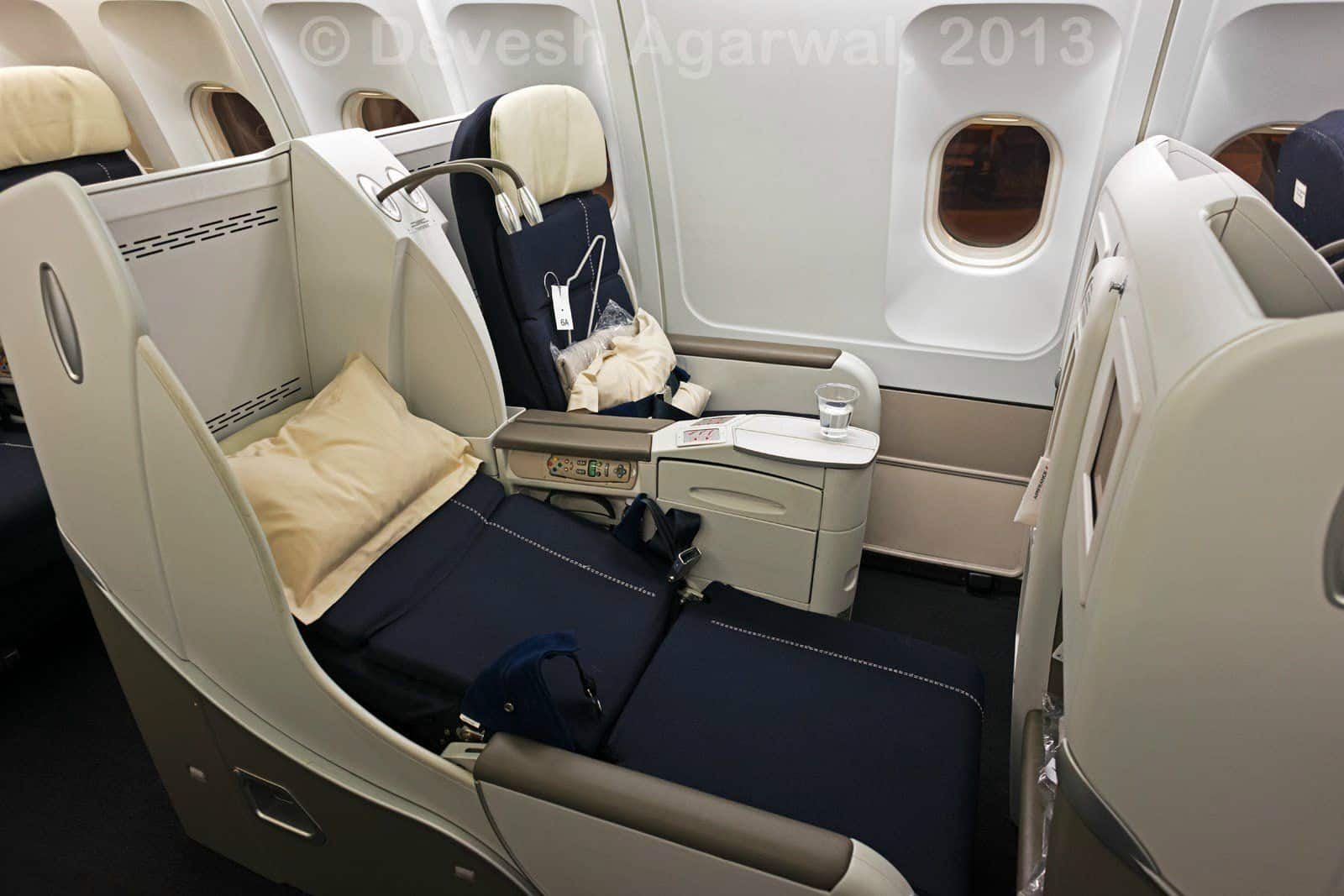The phone buzzes on the nightstand. Not a call, not a text. It’s the cha-ching. The sound that used to release a little spike of dopamine, the one that meant someone, somewhere, valued your creation enough to trade their money for it. But for the last 12 days, it’s sounded different. Hollow. It sounds like an echo of a promise you made to yourself that turned out to be a lie.
You scroll through the feed, a reflexive, masochistic ritual. There it is again. Not your product, but its identical twin, maybe its triplet. Same proprietary hinge, same ergonomic grip, same matte-finish color that you spent 22 hours agonizing over with a Pantone swatch book. Different logo, different influencer, same vacant look in their eyes. Your heart doesn’t sink anymore. It’s already at the bottom of the ocean, resting in the silt next to your initial business plan, the one with the word ‘disrupt’ circled 42 times.
This isn’t failure. It’s the beginning of understanding.
A crucial shift in perspective from disappointment to clarity.
We are raised on a specific mythology of creation. It involves a lone genius, a garage, and a moment of divine inspiration that results in something the world has never seen before. We believe our ideas are birthed, immaculate and singular, from the ether of our own intellect. I clung to this belief for years. I thought the goal was to create the perfect mousetrap, so unique and so effective that the world would have no choice but to beat a path to my door. I spent months, maybe 22 months in total, designing a kitchen gadget I was sure was revolutionary. It had exactly 2 patents pending.
Then I learned that my brilliant, unique idea was simply item #822 in a sourcing agent’s digital catalog, nestled between a silicone baking mat and a dog bowl that looked suspiciously like a human bowl. The factory didn’t steal my idea. They never had it. They had an idea, one they had developed for a cost of maybe $2,272, and they had pitched it to me, to a guy in Ohio, to a woman in Germany, and to 12 other hopeful entrepreneurs. We weren’t innovators. We were customers in a different kind of store. We weren’t birthing a creation; we were choosing a chassis. The customization we were offered-color, logo, packaging-wasn’t product design. It was gift wrapping.
“
“Originality is the most terrifying thing in my world. When I see a bolt, I don’t want it to be an artisanal, one-of-a-kind piece of craftsmanship. I want it to be one of 22,000 identical bolts, each one manufactured to the same thousandth of an inch, each one tested, each one utterly, completely, and boringly reliable.”
A powerful perspective from the world of infrastructure.
Uniqueness as a fatal liability, standardization as strength.
In her world, uniqueness is a fatal liability. Redundancy is safety. Standardization is strength. For a bridge, the innovation isn’t in the bolt; it’s in the overall design, the traffic management system, the quality of the materials, the maintenance schedule. The bolt is a commodity. And in 2022, and 2023, and beyond, your product is probably a commodity, too.
This is a hard truth to swallow, especially when you’ve invested your life savings and 72-hour work weeks into it. But fighting it is like trying to stop the tide. The global supply chain is a relentless engine of commoditization. Any successful physical product will be replicated, not in years, but in weeks. The friction that once protected inventors-distance, manufacturing knowledge, access to capital-has been sanded down to almost nothing. You can’t build a moat around a product anymore.
I see so many founders get stuck here. They get obsessed with protecting the thing. They file for patents that are mostly unenforceable, they send threatening legal letters, they add tiny, insignificant features hoping it will make them “different” again. It’s like rearranging deck chairs on a ship that’s already docked. The game isn’t about the ship anymore; it’s about who is selling the tickets, creating the best experience on board, and building a loyal group of people who want to travel with you, no matter what ship you’re on. The feeling of being cheated is a powerful illusion, but the truth is hiding in plain sight. It’s sitting there in public, a ledger of every container arriving at every port. You can track which of your new competitors is scaling up, importing 32 containers versus your 2. This isn’t about spying; it’s about seeing the market for what it is: a vast ocean of standardized objects, not a gallery of unique sculptures.
No one really cares about your product.
They care about what it does for them, the problem it solves, the feeling it gives them.
They care about the trust they have in your brand, the speed of your shipping, the quality of your customer service. They care about the community you build around the thing you sell.
Where Real Innovation Happens Now
Logistics
Deliver in 2 days vs. 12? That’s a moat.
Brand
People feel part of a tribe? That’s a moat.
Media
Provide value through content? That’s a moat.
Community
Customers can’t imagine going elsewhere? That’s a moat.
This is where the real innovation happens now. It’s logistics. It’s brand. It’s media. It’s community. The product is just the ticket to the show. Is your logistics network so tight that you can deliver in 2 days while your competitors take 12? That’s a moat. Is your branding so resonant that people feel they are part of a tribe when they buy from you? That’s a moat. Do you provide so much value through content and support that your customers can’t imagine going anywhere else? That’s a real, defensible, non-commoditizable moat.
Standardization: The Foundation of Scale
Think about it. The standard for screw threads, the Whitworth thread, was proposed in 1842. Before that, every factory made its own screws and bolts with their own unique threading. It was chaos. Nothing was interchangeable. The act of standardizing something so simple, of stripping it of its uniqueness, is what enabled the Industrial Revolution. Standardization, not originality, is the foundation of modern scale. We accept this for infrastructure but fight it in commerce, clinging to a romantic ideal of the solo inventor that died 132 years ago.
Chaos
Before 1842: unique, incompatible threads.
Standardization
After 1842: standardized, interchangeable threads.
























